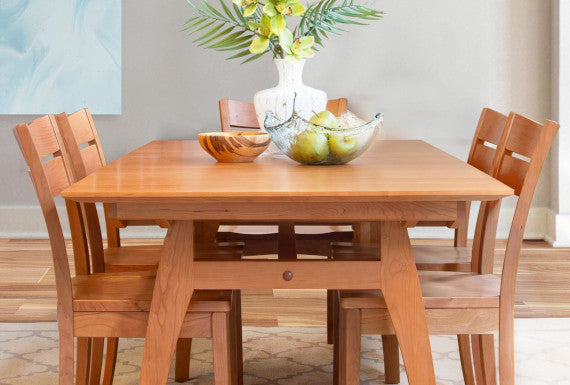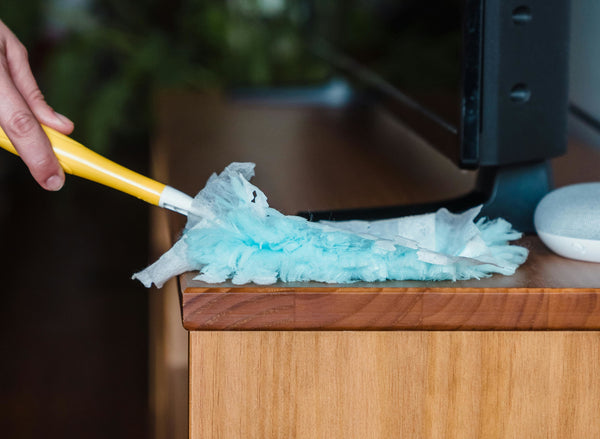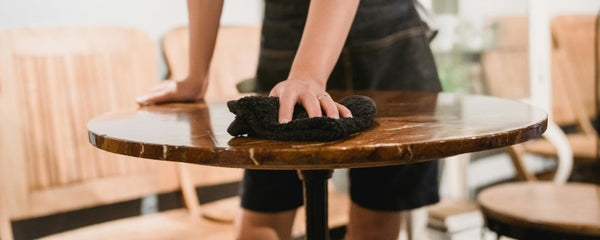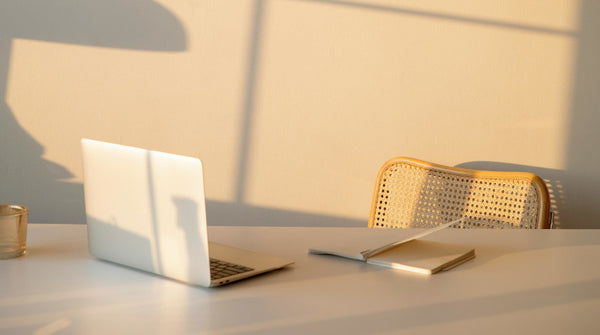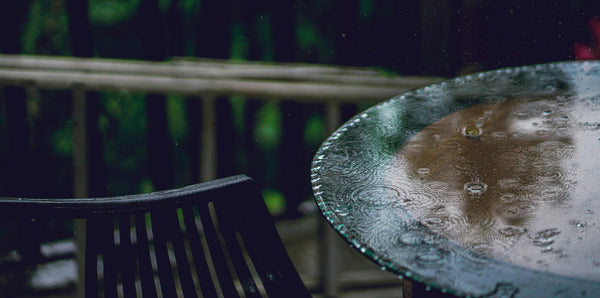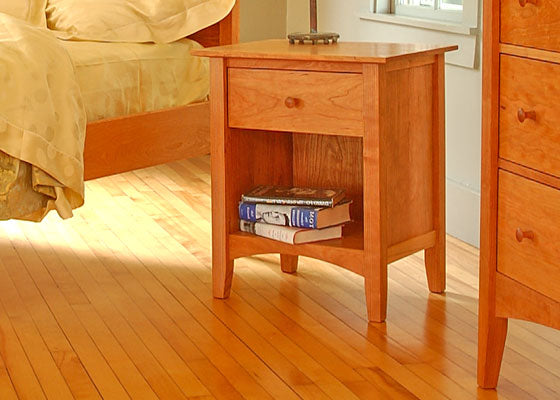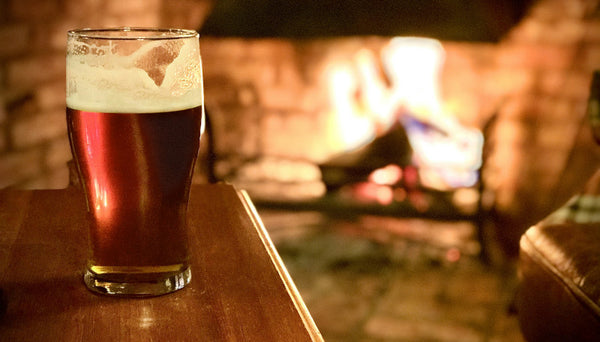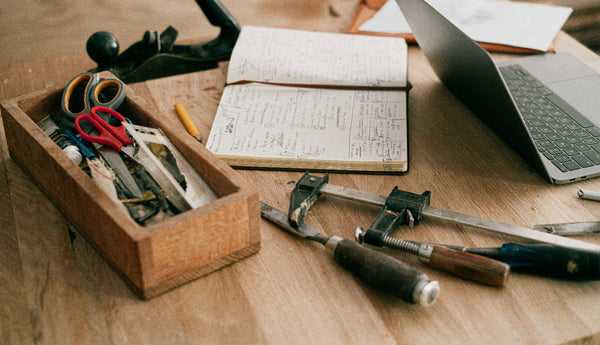The furniture crafted by Vermont Furniture Designs benefits from being oiled once or twice a year. Furniture in drier climates may have to be oiled more than furniture in more humid climates. Vermont Woods Studios recommends using a natural danish linseed oil for re-oiling the furniture though any quality linseed oil should work.
Tung oil may be applied on Maple furniture only.To oil your furniture, first gently wipe off any dust or debris with a lint free cloth, lightly moistened with water. Using a soft, clean rag, wipe a thin coat of oil onto the furniture, gently rubbing it in until dry. If any bleed-back from oiling dries on the surface, smooth it out by rubbing fine (0000) steel wool in the direction of the grain over the rough area.
A liquid satin wax may also be applied to the furniture in these collections, if desired. The wax helps to keep the oil from drying out and lends an additional rich soft satin lustre to the wood. The wax and oil products we recommend are totally compatible with each other and can be applied in any combination over the life of your furniture.


